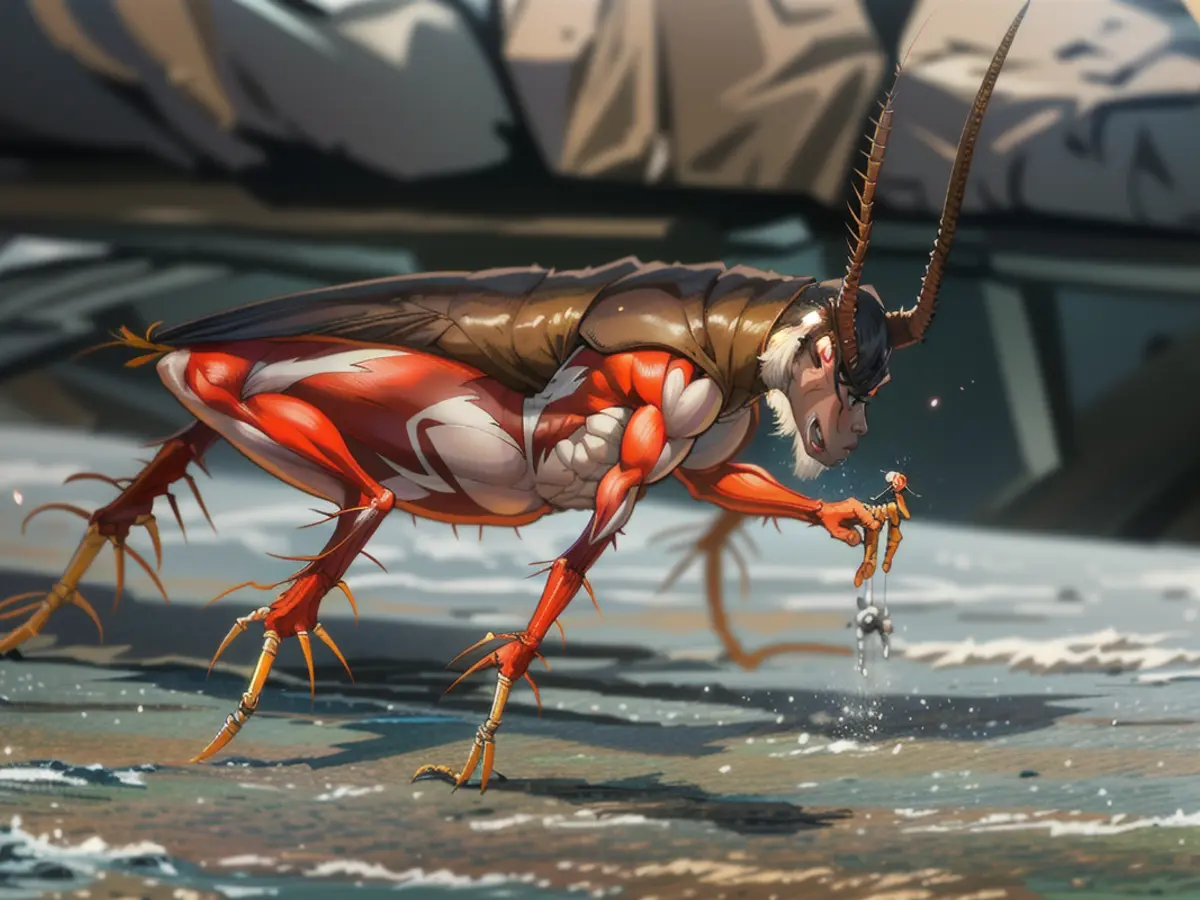The global dispersion of the German cockroach: a discrete analysis.
For more than two millennia, cockroaches have been associated with humans. These versatile creatures can carry a host of diseases and thrive in apartments and houses. One specific species called the German cockroach (Blattella germanica) is found across the globe. Scientists have shed light on how this insect species made its way around the world.
The German cockroach is deemed the most successful of its kind, inhabiting buildings across the planet. Interestingly, this species is not found in the wild. A team of researchers led by Qian Tang from the National University of Singapore set out to discover where this cockroach species came from and how it made its global appearance.
Cockroaches can spread diseases in some areas and are often considered a source of repulsion. The brown German cockroach, measuring up to two centimetres in length, got its name from its initial discovery in Central Europe in 1776. However, the location of its origin remained unknown until now. To shed some light on this mystery, Tang's team analysed the genetic material from 281 cockroaches in 17 countries across five continents.
Asian Roots: The Starting Point
The genetic analysis showed that the German cockroach derived from the Asian cockroach (Blattella asahinai) roughly 2100 years ago - around the time of Christ. Despite their similar appearances, these insects have distinct genetic differences. Both, however, adjusted to life in human settlements, likely in India or Myanmar.
From there, the German cockroach embarked on two separate journeys to conquer the world. The first wave happened approximately 1200 years ago during the Islamic expansion. The second wave occurred closer to 400 years ago, coinciding with the colonial activities of European countries, particularly Great Britain and the Netherlands.
Asian Hub
Up until the early 18th century, the primary habitat of the German cockroach was Asia. It wasn't until the second half of the century that the species started to explore other regions. This shift occurred at a time when the species topped its first scientific description.
In the late 19th and early 20th centuries, the German cockroach expanded its territories, thanks to improved transportation networks and advancements in plumbing and heating systems. These advancements reduced the mortality rate of the cold-sensitive insects, enabling them to survive colder climates.
"The evolution and spread of species that thrive in urban environments is a result of the rise of human civilization," the research group concluded. Additionally, the German cockroach boasts a high level of resistance to insecticides as compared to other cockroach species, offering it an advantage in colonizing various corners of the globe.
Read also:
- This will change in December
- Dikes withstand water masses so far - Scholz holds out the prospect of help
- Fireworks and parties ring in 2024 - turn of the year overshadowed by conflicts
- Attacks on ships in the Red Sea: shipping companies avoid important trade route
The genetic analysis of various cockroach species revealed that the German cockroach originated from the Asian cockroach (Blattella asahinai) around 2100 years ago. This discovery challenges common assumptions about the spread of pests like insects, as the German cockroach, often considered a nuisance in education and public health, now has roots traced back to Asia.
In the context of animal biology, understanding the origins and spread of cockroach species can provide insight into patterns of pest behavior and the impact of human activities on global ecosystems. As the German cockroach continues to thrive in various environments, further research into its evolution and resistance to insecticides is crucial to managing this widespread pest.
Source: www.ntv.de







